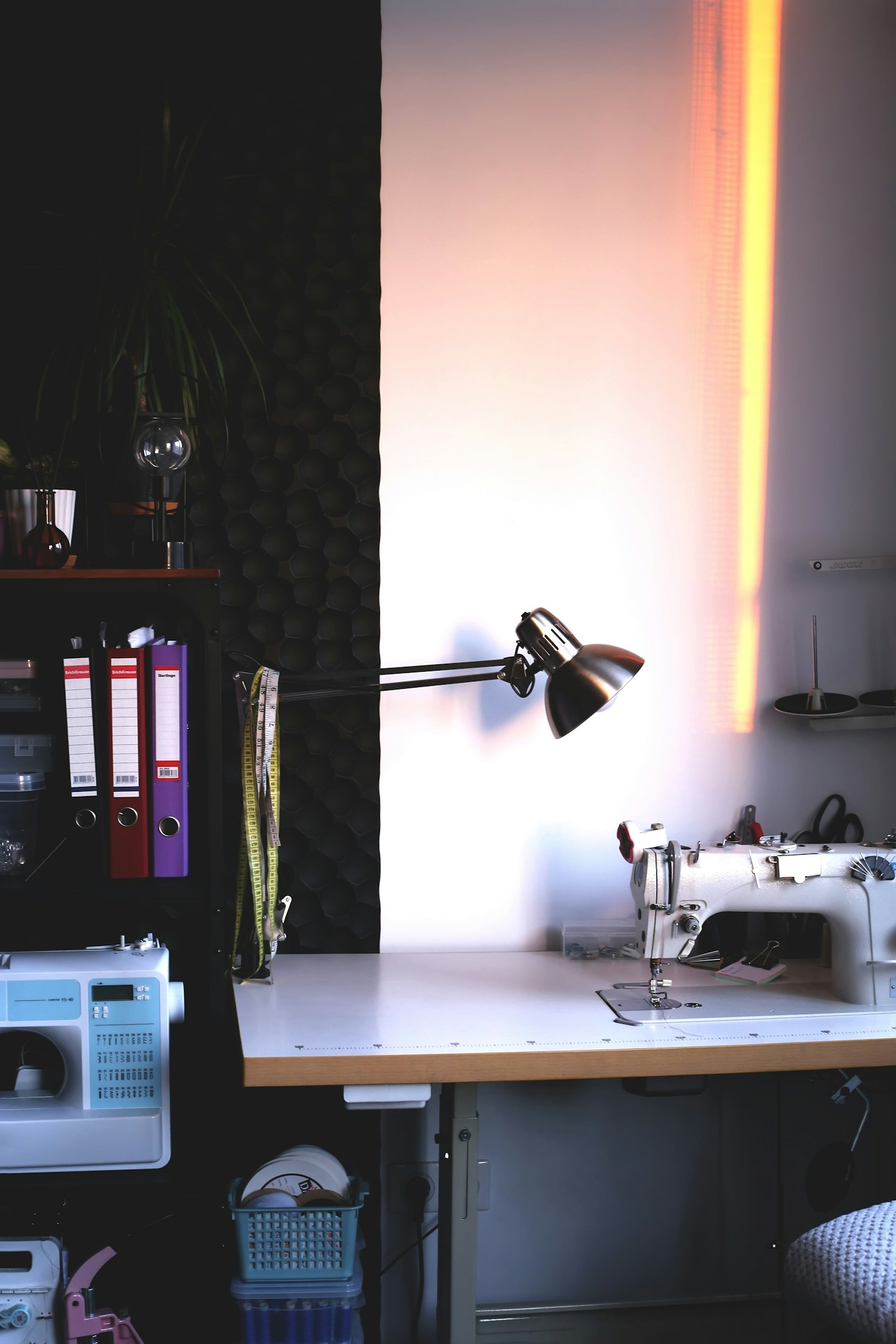Your cart is currently empty!
(Intro Image: A montage showcasing various men’s and women’s suits in lightweight, breathable fabrics, set against a backdrop of Zimbabwe’s beautiful landscapes.)
Dressing for the Sun: Choosing the Right Fabrics for Zimbabwe’s Climate
Zimbabwe’s climate, with its warm days and mild evenings, demands a thoughtful approach to fabric selection. The key is to choose breathable, lightweight materials that keep you cool and comfortable without sacrificing style. At Liberty Tailors, we understand the importance of fabric choice in creating garments that are both fashionable and functional.
Here are some of the best fabrics for staying cool and stylish in Zimbabwe’s climate:
- Linen:
- The Classic: Linen is a natural fiber known for its exceptional breathability and moisture-wicking properties.
- The Look: Linen has a relaxed, slightly textured appearance, perfect for casual suits, shirts, and dresses.
- The Drawback: Linen wrinkles easily, but many consider this part of its charm.
- Cotton:
- The Versatile: Cotton is another natural fiber that is lightweight, breathable, and absorbent.
- The Look: Cotton comes in a wide range of weaves and finishes, making it suitable for various styles, from casual to semi-formal.
- The Tip: Look for lightweight cotton weaves like poplin or seersucker for maximum breathability.
- Lightweight Wool:
- The Surprising Choice: While wool might seem counterintuitive for warm weather, lightweight wool fabrics like tropical wool or fresco are surprisingly breathable and comfortable.
- The Benefit: Wool is naturally wrinkle-resistant and drapes beautifully, making it an excellent choice for professional suits.
- The Tip: Look for wool fabrics with a lower weight (measured in grams per square meter) for optimal breathability.
- Silk:
- The Luxurious: Silk is a natural fiber that is lightweight, breathable, and has a luxurious sheen.
- The Look: Silk is perfect for elegant dresses, blouses, and scarves.
- The Care: Silk requires special care, such as dry cleaning.
- Rayon (Viscose):
- The Affordable Option: Rayon is a semi-synthetic fabric made from cellulose fibers. It is lightweight, breathable, and drapes well.
- The Benefit: Rayon is often more affordable than natural fibers like silk.
- The Note: Rayon can shrink when washed, so it is best to hand wash or dry clean.
Zimbabwean Style Considerations
When choosing fabrics, also consider the occasion and your personal style. For formal events, lightweight wool or silk are excellent choices. For casual outings, linen or cotton are perfect. Don’t be afraid to experiment with colors and patterns to express your individuality.
(Image: A collage showcasing examples of linen, cotton, lightweight wool, and silk fabrics, each with a brief description of its properties.)
Liberty Tailors: Your Fabric Experts
Choosing the right fabrics is essential for staying comfortable and stylish in Zimbabwe’s climate. At Liberty Tailors, we offer a wide selection of high-quality fabrics that are perfect for creating garments that are both beautiful and functional. Our experienced tailors can help you choose the right fabric for your needs and create a custom-made garment that fits you perfectly.
This paragraph serves as an introduction to your blog post. Begin by discussing the primary theme or topic that you plan to cover, ensuring it captures the reader’s interest from the very first sentence. Share a brief overview that highlights why this topic is important and how it can provide value. Use this space to set the tone for the rest of the article, preparing readers for the journey ahead. Keep your language approachable, yet informative, to create a strong connection.
Sometimes, the simplest moments hold the deepest wisdom. Let your thoughts settle, and clarity will find you. Use this quote space to share something inspirational or reflective, perfectly aligned with the theme of your article.
This paragraph dives deeper into the topic introduced earlier, expanding on the main idea with examples, analysis, or additional context. Use this section to elaborate on specific points, ensuring that each sentence builds on the last to maintain a cohesive flow. You can include data, anecdotes, or expert opinions to reinforce your claims. Keep your language concise but descriptive enough to keep readers engaged. This is where the substance of your article begins to take shape.


As you move toward the midpoint of the article, this paragraph provides an opportunity to connect earlier ideas with new insights. Use this space to present alternative perspectives or address potential questions readers might have. Strike a balance between depth and readability, ensuring the information remains digestible. This section can also serve as a transition to the closing points, maintaining momentum as you steer the discussion to its final stages.
Wrapping Up with Key Insights
In this concluding paragraph, summarize the key takeaways from your article, reinforcing the most important ideas discussed. Encourage readers to reflect on the insights shared, or offer actionable advice they can apply in their own lives. This is your chance to leave a lasting impression, so make sure your closing thoughts are impactful and memorable. A strong conclusion not only ties the article together but also inspires readers to engage further.

Leave a Reply